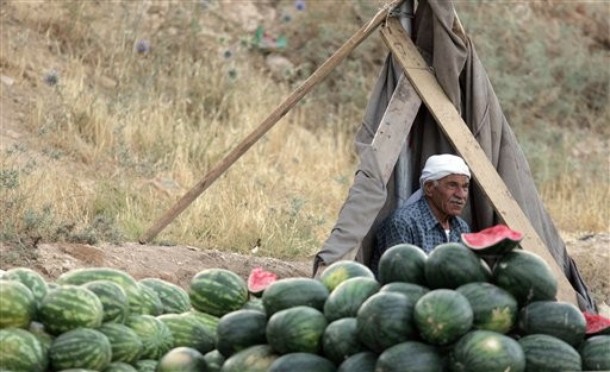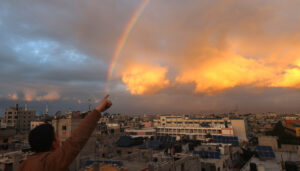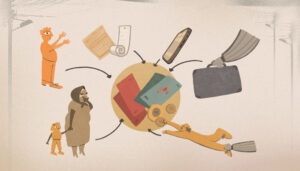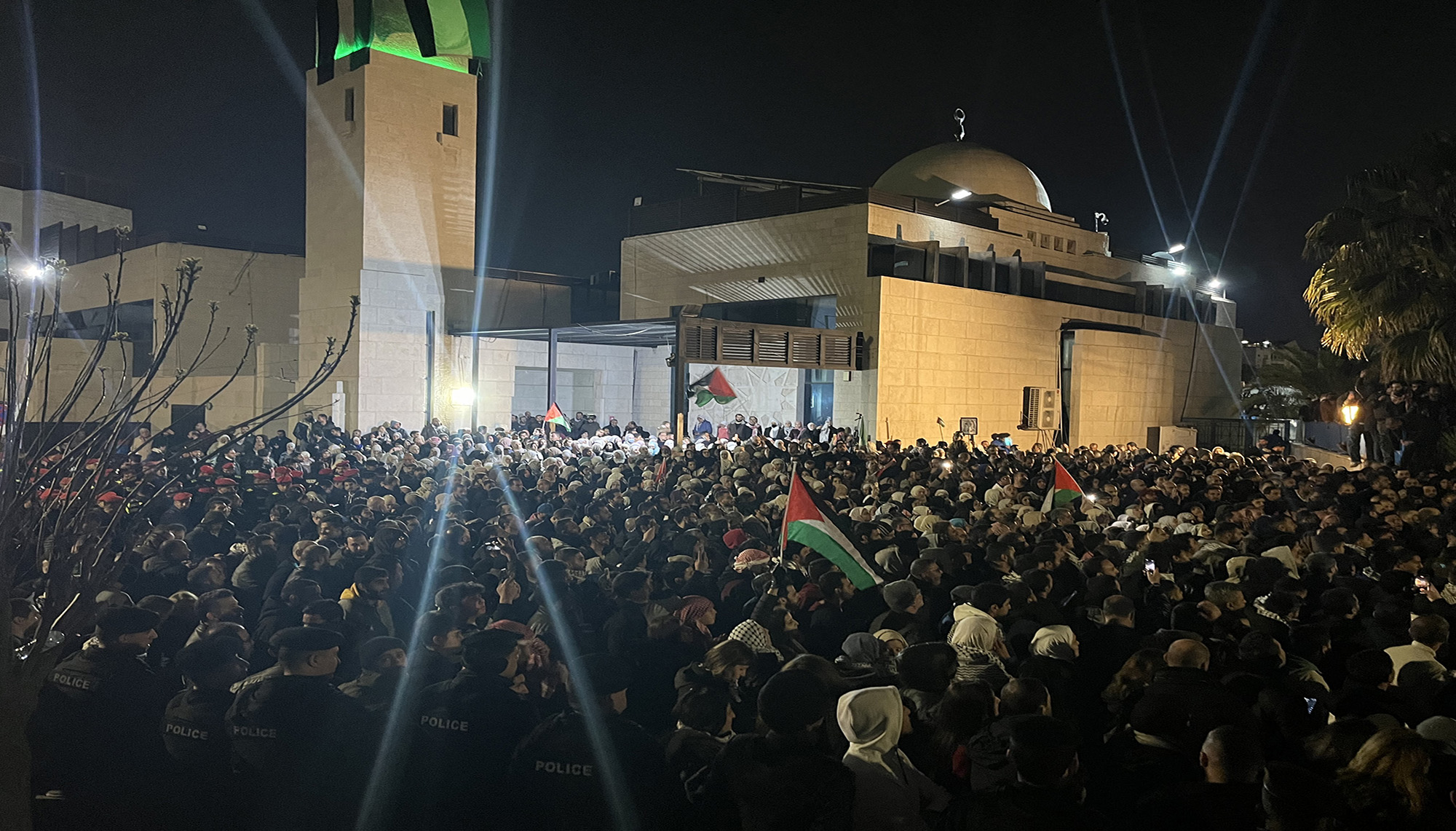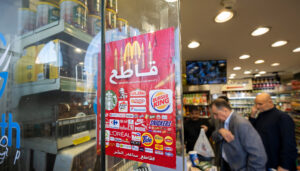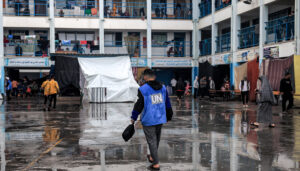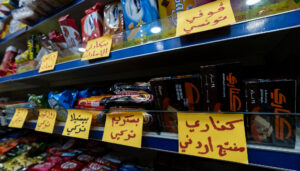Written By: Naseem Tarawnah
Now that summer is officially over, I’m temporarily forced in to the arms of some reflection. For sure, there are many instruments of observations I find myself often using to tell when summer is “truly” upon us. Hot weather is one of them – yes, that seems to be a given. But there are other signs more unique to the public spaces of Amman and other Jordanian cities. For instance, how many Gulf-originated license plates do you see on the road? That’s almost a universal observational measuring stick used to gauge the level of tourism in a city. These days, those plates seem to be in rare form, at least compared to summers past.
Roadside picnics. Public spaces in Amman are a bit limited in both quantity and size, so whenever I see large families gathered after dusk, huffing on argeelahs, frantically waving a piece of cardboard at an open grill filled with meats, while kids toss a football around – that’s another sign that summer is in full swing. This year, Ramadan may have quenched such activities, but they managed to survive in some shape or form.
Then there’s the watermelon sellers.
Hosted in tents that sit in open fields, in nearly every district of Amman there has to be a one or two. Green watermelons would fill the landscape and a busy seller could usually be found running around trying to tend to the onslaught of customers. “3a sikeen”, or “by the knife”, meant they’d be willing to carve out a piece of any selected watermelon to ensure its “redness”. You don’t get that kind of service at the supermarket. Then again if you refuse the first two watermelons he’s basically ruined for you, you might run the risk of facing an angry seller with a big knife!
These tents used to populate the empty grounds of Amman, making the purchase of the summer’s “official” fruit as easy as stopping one’s car to the side of the road. In the evening, they even lit up with a fiery array of “Christmas” lights; an open-for-business sign of sorts. People knew the tents by name; even gave recommendations and directions. Every time a visitor came over to the house and was presented with tasty watermelon, their inquiry as the source would never inspire a response that included the likes of Safeway, C-Town, or Cozmo. It would be “Abu Hammour”, the guy in Umm Il Summaq, whose place of business was a tent that would be up for three months. Come autumn, no one would ever know he existed.
Today, these tents are fading from the city’s collective memory.
Empty plots of land that used to rest quietly on the main roads between two villas or two apartment buildings, have become victim to more, more and more urbanization. It seems every healthy plot of main street land has been taken up for more apartment buildings, at least in the western district of Amman. Outside the capital, these tents still flourish in cities like Irbid and Jeresh. Maybe it’s the consequences of urbanization. Maybe it’s government/municipal intervention. Maybe it’s just a matter of demand, supply and the marketplace. Maybe it’s all of the above. I wish I knew.
One thing is certain, Amman, in my opinion, is losing a crucial part of its summer spirit, manifested in old, gray, aged tents that once stood by the side of the road inviting the city’s residents to taste the Kingdom’s official summer fruit. It was a part of our cultural space that evolved organically. Not organized, and licensed and “managed”. It was just, always there.
But maybe, unfortunately, no longer.
